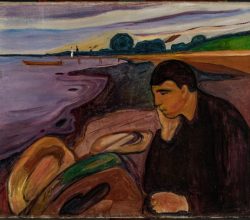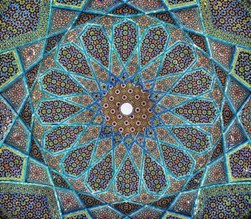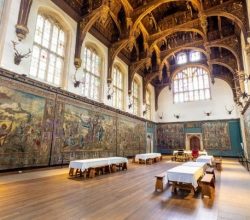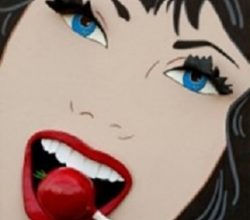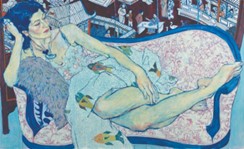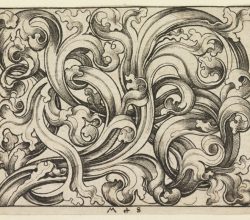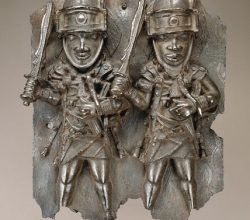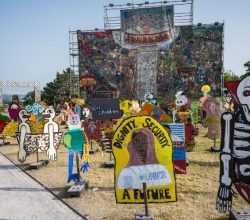
A work of dispute
Thomas Schmidt | Zeit Online | 3rd August 2022
Positive responses to Documenta15 in Germany have soured amid accusations that some works are “antisemitic”. Was the event’s experiment with decentralized “free” curating – previously seen as innovative – a mistake? Are the offending works actually antisemitic or just expressing views about Middle East politics? Would closing the whole exhibition be censorship? Rather inconclusively, the writer notes that artistic freedom is “framed by ethical standards [that derive from] good manners”.



